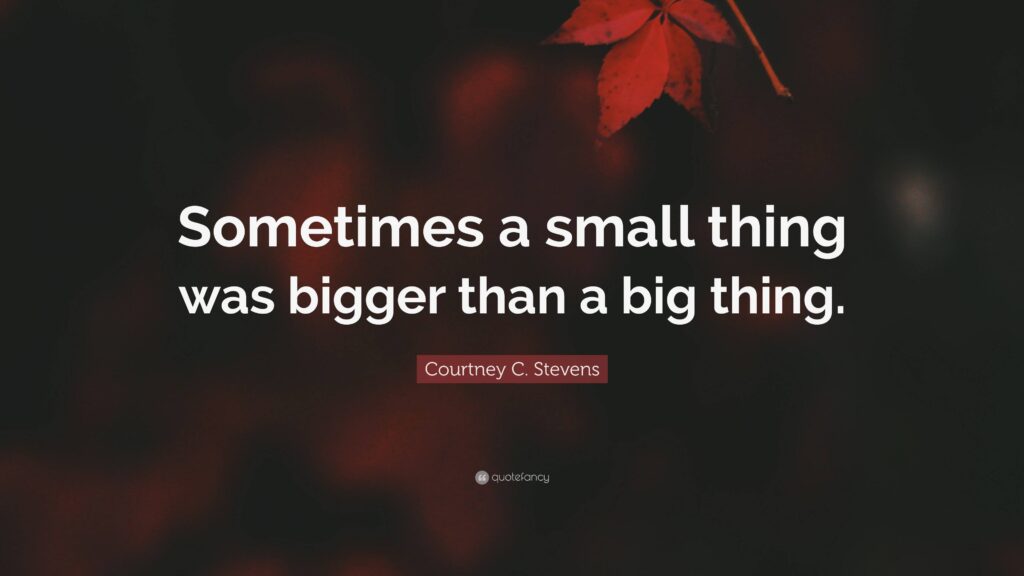We’re often told to “dream big” and “aim high,” but what if the secret to success lies in doing the opposite? While ambition is admirable, relentlessly chasing oversized goals can backfire, leaving us discouraged and stagnant. The truth is, reducing the scope of a goal to make it more achievable can dramatically increase your odds of success — and ultimately lead to greater long-term progress.
The Problem with Overambitious Goals
Big goals inspire us, but they also intimidate us. When a target feels too distant or difficult, our brains respond with overwhelm, procrastination, or even avoidance.
Consider weight loss: imagine you want to lose 10 pounds in a year. Research suggests that overly strict diets or extreme workout regimens often fail because they’re unsustainable. If your likelihood of losing 10 pounds is only 20%, you’re setting yourself up for probable disappointment. But what if you adjusted your goal to 5 pounds instead? Suddenly, the path becomes clearer: smaller dietary tweaks, manageable exercise routines, and incremental progress. Your chance of success might jump to 90%. By scaling back, you’re not admitting defeat — you’re strategically optimizing for victory.
The Psychology of Small Wins
Achievable goals create momentum. Each small win releases dopamine, a neurotransmitter linked to motivation and pleasure. This positive reinforcement keeps you engaged. For example:
- Reading more: Aiming for 50 books a year might lead to burnout, but targeting 12 (one per month) feels doable. Each finished book fuels your confidence to keep going.
- Fitness: Committing to daily workouts often leads to exhaustion, but starting with twice-weekly sessions builds a sustainable habit. Over time, you might even exceed your original goal.
These examples illustrate the “snowball effect” of incremental progress. As Stanford behavior scientist Dr. BJ Fogg notes, “Tiny habits” — small, consistent actions — compound into transformative change.
The Math of Success
Let’s revisit the weight loss example. A 20% chance of losing 10 pounds means you’ll likely end the year with no progress. But a 90% chance of losing 5 pounds means you’ll probably succeed — and might even surpass your target. Over time, that 5-pound loss could inspire you to aim for another 5, creating steady, sustainable results. The same logic applies to saving money, learning skills, or career growth: a high-probability, smaller goal beats a low-probability moonshot every time.
Long-Term Benefits: Building Habits, Not Hype
Reducing your goal isn’t about settling — it’s about building a foundation. When you consistently meet smaller targets, you cultivate discipline and self-trust. For instance, someone who starts by saving 50amonthisfarmorelikelytoeventuallysave50amonthisfarmorelikelytoeventuallysave500 than someone who aims for $500 immediately and gives up after two weeks. Small successes train your brain to associate effort with reward, making future challenges feel less daunting.
How to Adjust Your Goals Effectively
- Audit your current goals: Are they realistic given your time, energy, and resources?
- Break them down: If your goal feels overwhelming, slice it into 50% increments. Want to write a novel? Start with 200 words a day instead of 1,000.
- Track progress: Use apps or journals to celebrate small milestones.
- Re-evaluate regularly: If you’re consistently hitting your smaller target, gradually raise the bar.
Success Is a Probability Game
Success isn’t about the size of your goal — it’s about the likelihood of achieving it. By focusing on smaller, high-probability targets, you trade fleeting inspiration for lasting results. Remember: A 5-pound loss achieved is better than a 10-pound dream abandoned. In the end, progress isn’t measured by where you start, but by how far you consistently go.
So, dare to think smaller. You might just discover that the path to big achievements begins with a single, manageable step.
This article was written by Harry Che, founder and creator of GoalsOnTrack, an online goal tracking software system for high achievers.
